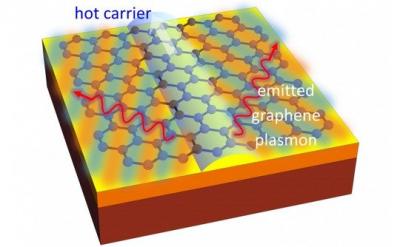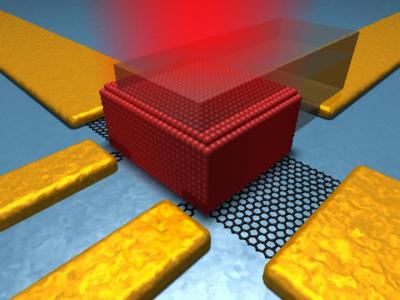SiNode receives $4 million to make improved batteries for electric cars
 SiNode Systems, based at Illinois Institute of Technology’s University Technology Park, develops materials that make batteries last longer and charge faster using graphene. The company has been granted a funding of $4 million from Ford, General Motors and Fiat Chrysler, along with the U.S. Department of Energy, to develop such improved batteries for the electric vehicle market.
SiNode Systems, based at Illinois Institute of Technology’s University Technology Park, develops materials that make batteries last longer and charge faster using graphene. The company has been granted a funding of $4 million from Ford, General Motors and Fiat Chrysler, along with the U.S. Department of Energy, to develop such improved batteries for the electric vehicle market.
Its technology, which commercializes a patented process developed at Northwestern University, can be used in any lithium-ion battery, such as those in cell phones or laptops. Our early focus is smaller markets, the company's CEO said. The electric vehicle market is our long-term focus, and it’s the reason we started this company.







